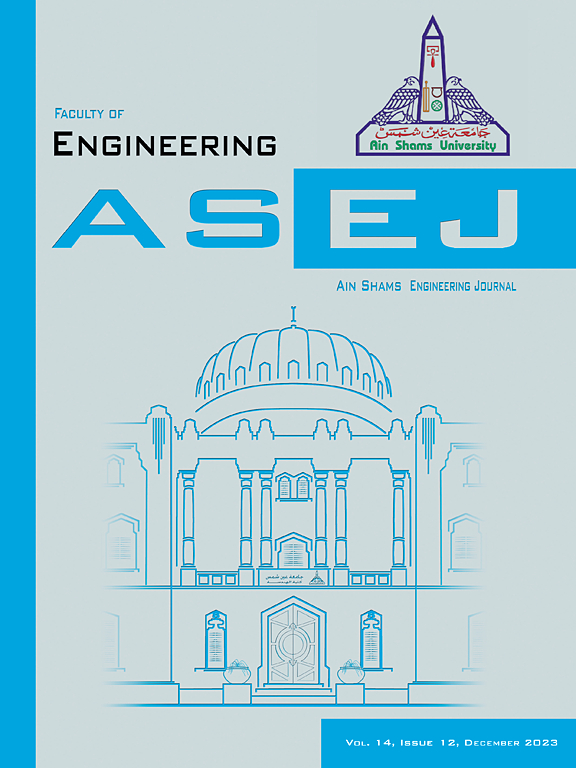Optical solitons for the concatenation model with fractional temporal evolution
IF 6
2区 工程技术
Q1 ENGINEERING, MULTIDISCIPLINARY
引用次数: 0
Abstract
This paper recovers the optical solitons for the concatenation model that comes with fractional temporal evolution and Kerr–law of self–phase modulation by the usage of the enhanced direct algebraic approach. This study goes beyond previous efforts by incorporating fractional temporal evolution instead of linear temporal evolution in the concatenation model. This would facilitate the regulation of the internet bottleneck phenomenon by enabling the deceleration of internet traffic in one direction at a node while maintaining its full flow in the other direction. The model presents a novel approach that contributes to a deeper understanding of potential applications in the telecommunication industry. The implemented technique presents several solitons. In addition to those solitons, the method presents solutions in terms of Jacobi and Weierstrass elliptic functions. A full spectrum of optical solitons are thus recovered. This will include bright solitons, dark solitons, singular solitons, and straddled solitons. The existence criteria of such solitons, in the form of parameters constraints, that naturally emerged during the course of derivation, are presented. The recovered solitons will be presented in the paper that can be efficiently implemented to mitigate the internet bottleneck effect. A few numerical simulations supplement the mathematical analysis.
求助全文
约1分钟内获得全文
求助全文
来源期刊

Ain Shams Engineering Journal
Engineering-General Engineering
CiteScore
10.80
自引率
13.30%
发文量
441
审稿时长
49 weeks
期刊介绍:
in Shams Engineering Journal is an international journal devoted to publication of peer reviewed original high-quality research papers and review papers in both traditional topics and those of emerging science and technology. Areas of both theoretical and fundamental interest as well as those concerning industrial applications, emerging instrumental techniques and those which have some practical application to an aspect of human endeavor, such as the preservation of the environment, health, waste disposal are welcome. The overall focus is on original and rigorous scientific research results which have generic significance.
Ain Shams Engineering Journal focuses upon aspects of mechanical engineering, electrical engineering, civil engineering, chemical engineering, petroleum engineering, environmental engineering, architectural and urban planning engineering. Papers in which knowledge from other disciplines is integrated with engineering are especially welcome like nanotechnology, material sciences, and computational methods as well as applied basic sciences: engineering mathematics, physics and chemistry.
 求助内容:
求助内容: 应助结果提醒方式:
应助结果提醒方式:


